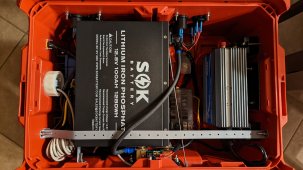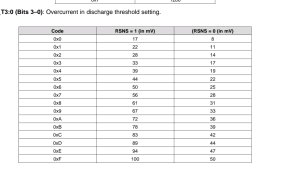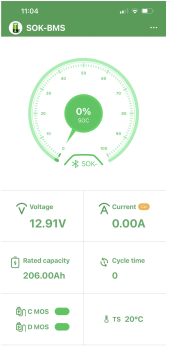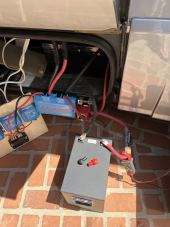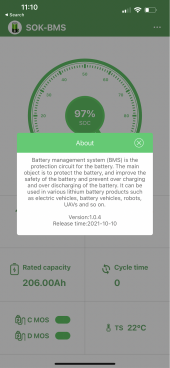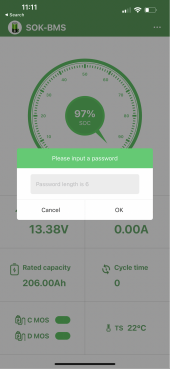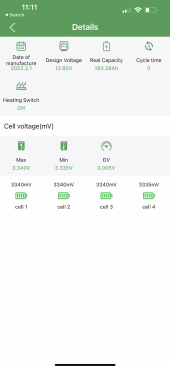Hi, I'm new to electronics and only know what I've learned while working on our RV. So, thanks in advance for bearing with me.
Yesterday, we received four SOK 206Ah batteries with Bluetooth and heating. The plan is to connect them in parallel and use them for day-to-day camping (usually using about 150Ah) and solar charging (840W with a typical sunny day gives us about 250-300Ah).
The extra battery capacity is to have plenty of overhead to get us through consecutive dark days and to be able to occasionally run the air conditioner when it's unbearably hot. In these situations we will be relying on our backup charging sources (generator/shore-power and alternator charging) which I had hoped to expand to optimize charging times for these "emergency" situations. (Two hours of running the engine and alternator together is very do-able. Six or more hours of running the generator alone is not practical.)
When I received the batteries I noted that one was about 30% charged and the others were close to zero. So, I figured that before connecting them in parallel, I should bring them all up to a similar charge. And, I decided the easiest way to do that would be to disconnect our old battery and connect the SOK batteries, one at a time, to the same RV charging sources.
I used solar alone at first, charging at about 38-45 amps. As the sun dropped, I switched to shore power through a Xantrex 2000W inverter/charger that is capable of producing about 80 amps. I was aware that there was a charging limitation so it wasn't unexpected when the SOK battery immediately went into protection mode (excuse me if I'm using the wrong terminology - it essentially "turned off" and quit charging).
Then I tried lowering the output current from the inverter/charger and found that I could get away with it set at about 65 amps. But then I went to sleep and, this morning, found that the charging had once again turned off after bringing the battery up to about 25% SOC.
So, I'm bummed. Not only can't the batteries be quick-charged, but they also "turn off" whenever the charging current exceeds 50 amps. I'd like to return the batteries to SOK and start over, but it looks like it will cost close to $900 to return $4,800 worth of brand new batteries.
Not knowing whether SOK will cut me some slack or not, I began weighing my options. If they are going to be sticklers on the return policy, I could simply install the batteries and not be able to use them as I intended. Or, I could salvage the cells and install BMS's that meet my needs.
Or, even better, if I could change the BMS's parameters so they could (very rarely) handle 100-200 amps of charging per battery, (and handle occasional start-up surges) without going into protective mode, then I would be a happy camper.
The first step, I'd imagine, is to figure out if the charging current limit is an adjustable parameter. The only setting I could find that's related to current is the "Taper Current" but that doesn't sound right. I'm hoping that you guys can provide some insight - and I'm happy to test anything else you are interested in.
Thanks for this thread. I don't know if it will take care of my issues, but at least now I have hope!
 View attachment 92509View attachment 92510
View attachment 92511View attachment 92512
View attachment 92513View attachment 92514
View attachment 92515
View attachment 92509View attachment 92510
View attachment 92511View attachment 92512
View attachment 92513View attachment 92514
View attachment 92515



